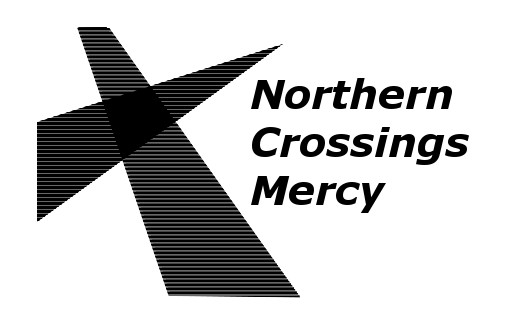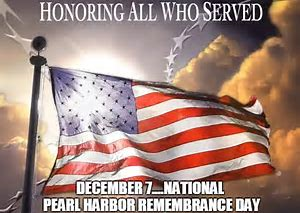It is an honor and a privilege for me to serve on a Board that calls and certifies Chaplains of the LCMS for service. It is an amazing group of people that serve and have served in the past. I found a transcription of an address delivered to the National Conference on Ministry to the Armed Forces (NCMAF) by a Chaplain Chambers on the occasion of the 50th Anniversary of Pearl Harbor, December 1991. Here we are 28 years later and it is still an interesting article about various chaplains and what they were doing on December 7. He starts out with a general overview of the day. In less than 2 hours the United States suffered 2,403 killed in action, 1,178 wounded in action, 640 that were never accounted for; plus, 188 planes lost, 158 damaged, and every battleship of the Pacific Fleet, eight, crippled or sunk, plus other ships. It was the most disastrous defeat that our military had ever suffered in a single day.
There were 28 chaplains on Oahu, 9 were Army, 19 were Navy. So many more with the sea-going service, he says, because, contrary to usual procedure and wisdom, the Navy had 94 ships in the harbor on that weekend. And, of course, every chaplain had to face something that many people may have never thought about. Chambers says that one of the chaplains came to an artillery barracks and realized that he was the only officer present. He ordered the munitions bunker opened and guns mounted on the roof and he then began giving last rites to the dying. That is an interesting story in itself but the ministry to the dependents was something I had never considered. According to Chambers, “the Navy had 10,000 dependents – 1,000 lived on the base and 9,000 lived out in town. The Army had the same. The Arizona had gone down with almost 1,200 on board – 400 survived. Who were they and where were they? The Oklahoma went down with 400 on board – 1,200 survived. Who were they and where were they? The dependents wanted to know.” He then goes on explain there was no casualty assistance office. There was no family service. The chaplain was the only one that dealt with dependents. He says that the Marine Corps adage back in those days was, “If the government wanted you to have a wife, they would have issued you one.” The chaplain was the one who ministered to everyone. He identified the wounded and ministered to their needs and in many cases transported them to medical help, or gave them the commendation of the dying. He arranged for the burial and kept track of who was buried where. He was the only contact with families that were desperate to find the whereabouts of their loved ones. In many cases sailors who survived the bombing of their ships were simply loaded onto another ship as they went out to sea to escape more bombings in the enclosed harbor. Chaplains were expected to cut through the clutter and know where folks were and how long they would be gone. The total confusion of that Sunday and next few days is summed up in the story of a chaplain who was informed by his children about the bombing. He was the chaplain at Hickam Field and reported there to find some of his staff shot up and some dead. He began working at the hospital and there a message came to him that his wife had been killed. The chaplains name was Elmer Tiedt, and Chambers said, “I know of no illustration that better portrays the
commitment and dedication of those chaplains in Pearl Harbor than this. It is recounted in both the Air Force and Army history, Elmer Tiedt, with a burden on
his heart labored all Sunday and all Sunday night, all Monday and then went home and discovered that the General’s report had been wrong. Mrs. Tiedt was
alive as were the children and they were well”. This is incredible stuff and worth remembering and giving God thanks for folks like these.
Remember what happened on this day and say a prayer for all the LCMS Chaplains serving around the world.
If you want to read Chambers story go to Bluejacket.com.


